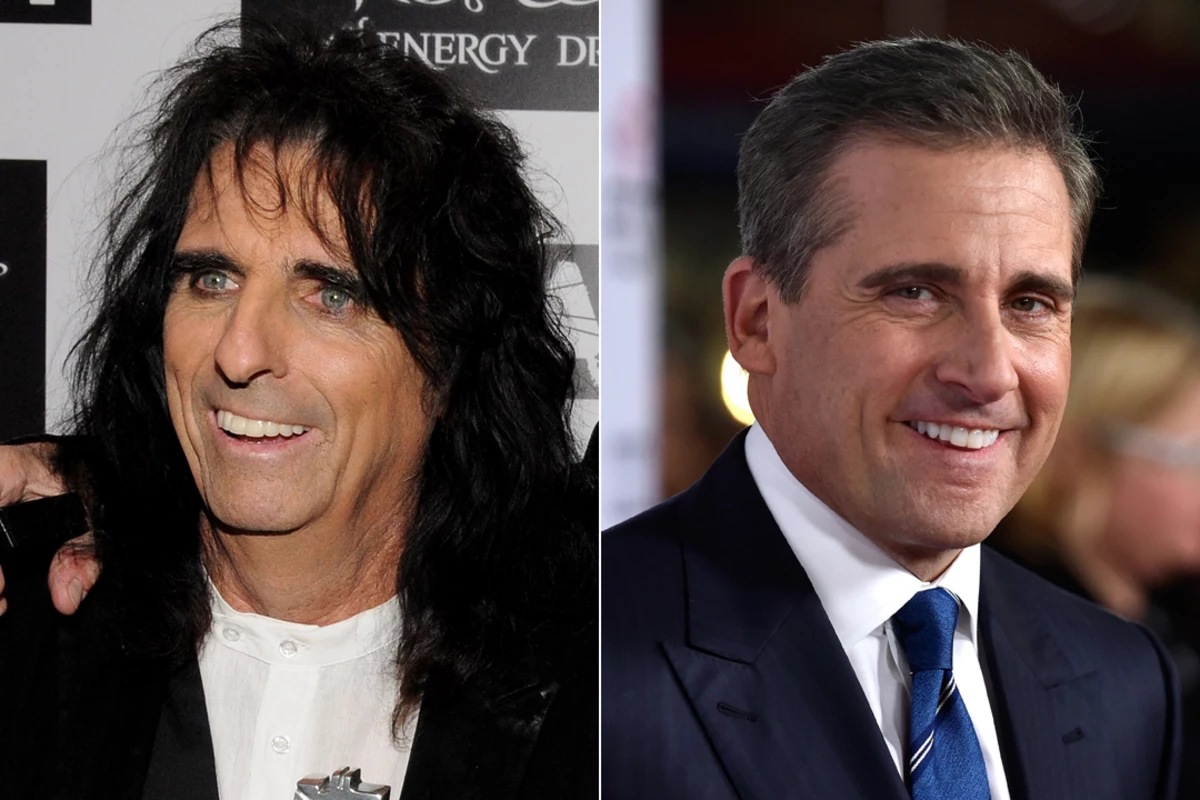John Bailer and Brian Ferguson don’t chase growth stocks. And that’s an approach that’s helped their five- and four-star-rated mutual funds beat this year’s market rout. Investors this year searched for safety and stability as surging inflation and Federal Reserve interest rate hikes put an end to a free-money mentality focused on growth, and squashed sky-high stock multiples. “What I’m talking about is a focus back on fundamentals in the market,” said Bailer, a portfolio manager at Newton Investment Management, a subsidiary of BNY Mellon. “Companies that generate a lot of free cash flow, trade at reasonable valuations on that free cash flow, and companies with good balance sheets. I think all of that is going to matter a lot more over the next 10 years.” Maybe that’s why the BNY Mellon Income Stock (BMIAX; 4 stars at Morningstar) and BNY Dynamic Value (DAGVX; 5 stars) funds are both outperforming the market this year as growth stocks flounder, and at the same time boast a proven track record of solid past returns. The funds, managed respectively by Bailer and senior portfolio manager Brian Ferguson, are both higher in 2022, with 5-year annual average trailing returns greater than 9%. By comparison, the iShares Russell 1000 Value ETF is down about 8% year-to-date in 2022, through Wednesday, and up about 6.5% annually over five years. “What the market is starting to reward is companies that are really focused on improving returns on enough capital, companies that have repaired their balance sheets, and [that] now have the best balance sheets they’ve had in many, many years,” Ferguson said. A focus on fundamentals Since their respective inceptions in 1995 and 2016, both DAGVX and BMIAX have focused on consistency and value, a strategy that gained popularity in 2022 as investors stopped chasing growth. That, plus a focus on a company’s underlying business fundamentals, should only benefit from investors’ renewed attention on solid free cash flows, sound balance sheets, and reasonable valuations in an environment no longer favoring unprofitable growth at all costs, Bailer said. There is some stock overlap between the funds. That’s because they use similar investment strategies. Healthcare, energy, and financials make up the largest sectors, with stocks like Exxon Mobil , Chubb and JPMorgan Chase , making both funds’ top ten holdings, according to Morningstar data. The main difference: Bailer’s fund requires stocks with a gross dividend yield greater than the S & P 500. Investors in BMIAX also pay a steeper expense ratio of 1.15%, while Ferguson’s expense ratio in DAGVX sits at 0.93%, according to Morningstar data. The managers also ruthlessly churn their portfolios, with a turnover rate of 83% in BMIAX and 115% in DAGVX. Bailer defends BMIAX’s above-average expense ratio, saying that a long-tenured management team with a proven record of solid returns justifies the added cost. In nearly two decades, the managers delivered roughly 300 basis points in alpha to investors, Bailer said. DAGVX ranks in the 5th percentile of all comparable funds year-to-date, and in the third percentile over five years, according to Morningstar. BMIAX ranks in the 3rd and 9th percentiles, respectively. Energy, financials and more Financial stocks make up almost 30% of both funds’ holdings, a testament to the managers’ opinion of the sector in a rising-rate environment. One of those picks is U.S. Bancorp , accounting for 2.8% of BMIAX’s portfolio, with a dividend yield of 4.5%, according to FactSet. Shares dropped about 24% this year, but a strong management team, with a proven track record of careful decision-making, supports the investment case, Bailer said. Oil prices have recently dropped from levels that were triggered by the war in Ukraine, but Bailer expects energy stocks to continue their upward trend. Exxon Mobil is among the largest holding in both funds, making up more than 4% of their respective assets. The largest U.S. oil company’s newfound focus on ESG and plans to boost capital spending should benefit the business going forward, Bailer said. The same goes for its diversified refining and liquefied natural gas businesses that are positioned to profit from elevated prices in Europe. Shares surged 73% this year, with Exxon announcing earlier this month that it plans to boost capital spending and increase its stock buyback program. “With these high oil prices, good refining margins, they’ve been able to build a lot of cash,” Bailer said. “Now, they’re in a position to return that cash back to shareholders.” One difference between the funds’ portfolios is Ferguson’s big bet on Berkshire Hathaway , which carries the same weight in his fund as does Exxon. The stock, he said, trades at a low price-to-book multiple relative to the market, offers “rock-solid fundamentals,” good cash and a stable balance sheet with likely earnings momentum. Shares of the conglomerate run by Warren Buffett have risen this year as the famed investor continued betting on oil stocks Chevron and Occidental Petroleum. Berkshire, with permanent access to lower-cost capital, is also at a funding advantage in an environment where rates have risen, Ferguson added. “We think they’ve just started to scratch the surface in being able to show just how valuable that low-cost, no-cost capital is going to be,” he said. Looking ahead, Bailer expects the funds’ performance tailwinds to continue. “That consistent process of looking at those companies with the three circles — valuation, business, momentum, and quality fundamentals — will allow us to deliver alpha for clients in the future,” he said.
























































